Rising Demand for Connected Vehicles
The Automotive V2X Antenna Market is experiencing a surge in demand for connected vehicles, driven by the increasing consumer preference for advanced connectivity features. As vehicles become more integrated with smart technologies, the need for reliable communication systems intensifies. According to recent estimates, the number of connected vehicles is projected to reach over 500 million by 2025, necessitating robust V2X antenna solutions. This trend is further fueled by the growing adoption of telematics and infotainment systems, which require seamless data transmission. Consequently, manufacturers are focusing on developing high-performance antennas that can support various communication protocols, thereby enhancing the overall driving experience. The Automotive V2X Antenna Market is thus positioned for substantial growth as automakers strive to meet consumer expectations for connectivity.
Increased Focus on Autonomous Driving
The Automotive V2X Antenna Market is significantly influenced by the increased focus on autonomous driving technologies. As automakers and technology companies invest heavily in developing self-driving vehicles, the need for reliable V2X communication systems becomes paramount. These systems facilitate real-time data exchange between vehicles and their surroundings, which is crucial for the safe operation of autonomous vehicles. Market projections indicate that the autonomous vehicle segment is expected to grow at a compound annual growth rate of over 20% in the coming years. This growth is likely to drive demand for advanced V2X antennas that can support the complex communication requirements of autonomous driving. Consequently, the Automotive V2X Antenna Market is poised to benefit from the advancements in autonomous vehicle technologies, as stakeholders seek to enhance safety and operational efficiency.
Government Initiatives and Regulations
Government initiatives aimed at promoting vehicle-to-everything (V2X) communication are significantly influencing the Automotive V2X Antenna Market. Various countries are implementing regulations that mandate the integration of V2X technologies to enhance road safety and reduce traffic congestion. For instance, initiatives such as the European Union's Intelligent Transport Systems (ITS) directive encourage the deployment of V2X communication systems. These regulations not only drive the adoption of V2X antennas but also create a favorable environment for innovation within the industry. As governments invest in infrastructure to support V2X communication, the demand for advanced antenna solutions is expected to rise. This regulatory landscape is likely to propel the Automotive V2X Antenna Market forward, as stakeholders seek to comply with new standards and leverage the benefits of connected vehicle technologies.
Technological Advancements in Antenna Design
Technological advancements in antenna design are playing a pivotal role in shaping the Automotive V2X Antenna Market. Innovations such as multi-band antennas and beamforming technologies are enhancing the performance and efficiency of V2X communication systems. These advancements enable vehicles to communicate more effectively with infrastructure and other vehicles, thereby improving safety and traffic management. The market is witnessing a shift towards compact and lightweight antenna designs that can be seamlessly integrated into vehicle structures. As a result, manufacturers are investing in research and development to create antennas that not only meet performance standards but also comply with aesthetic requirements. This focus on innovation is likely to drive the growth of the Automotive V2X Antenna Market, as enhanced antenna capabilities become essential for next-generation vehicles.
Growing Awareness of Traffic Management Solutions
The growing awareness of traffic management solutions is contributing to the expansion of the Automotive V2X Antenna Market. As urbanization increases, cities are facing challenges related to traffic congestion and road safety. V2X communication technologies offer potential solutions by enabling vehicles to communicate with traffic signals, road infrastructure, and other vehicles. This communication can lead to improved traffic flow and reduced accident rates. Recent studies suggest that implementing V2X technologies could decrease traffic congestion by up to 30%. As municipalities and transportation agencies recognize the benefits of these solutions, investments in V2X infrastructure are likely to rise. This trend is expected to drive the demand for V2X antennas, positioning the Automotive V2X Antenna Market for robust growth as cities seek to modernize their transportation systems.


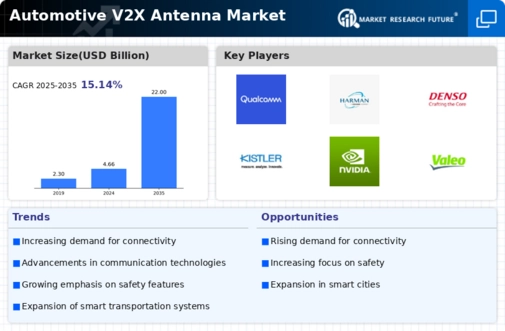
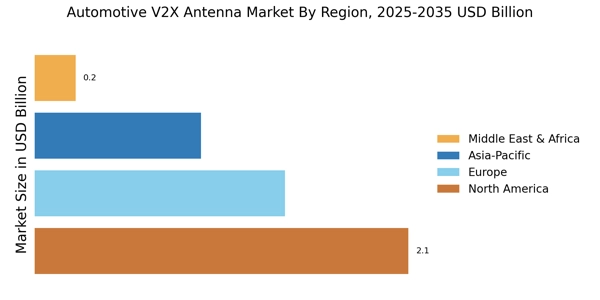

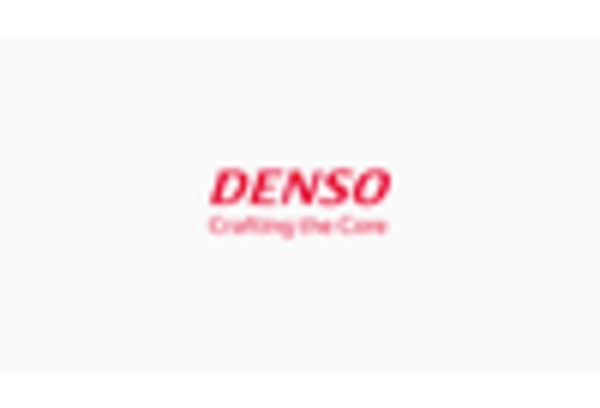
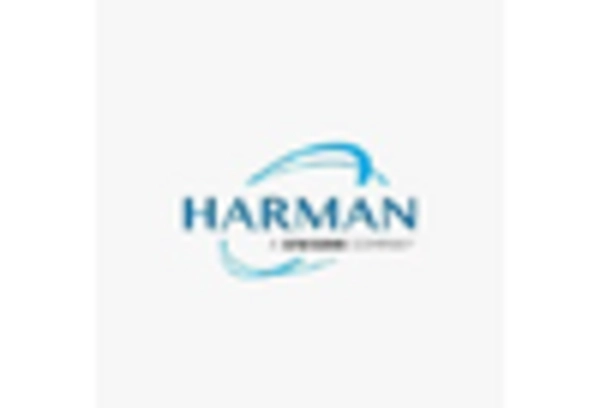
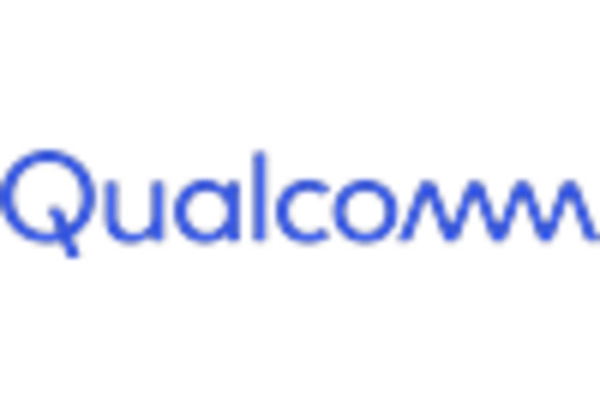
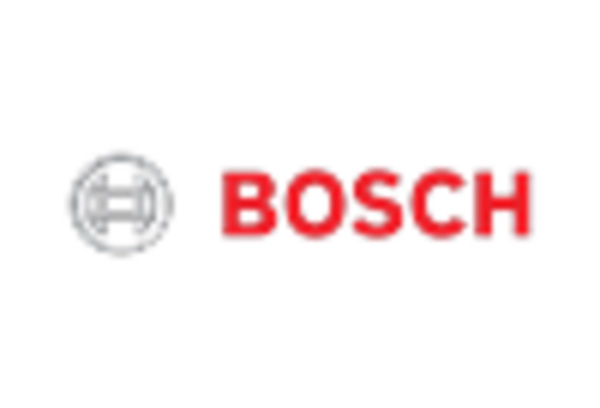








Leave a Comment